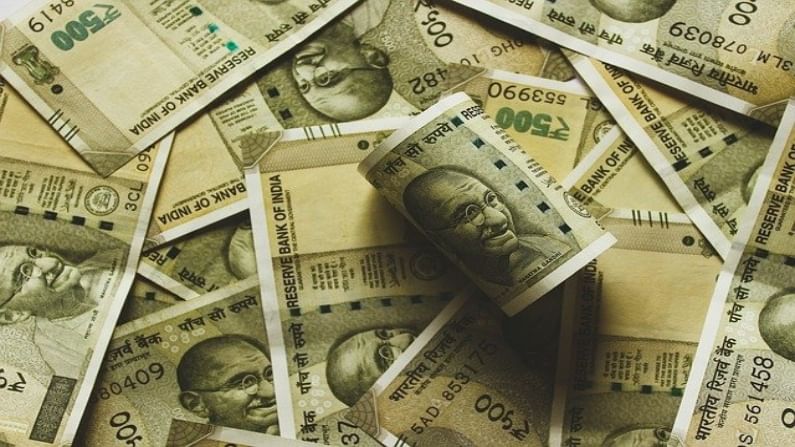RBI to ensure 'comfortable level' of liquidity in system this fiscal
The RBI last month announced an ontap liquidity window of Rs 50,000 crore with tenors of up to three years at the repo rate was opened till the end of 2021-22

Mumbai: The Reserve Bank on Thursday said it will ensure comfortable level of liquidity in the system during the current financial year and assured that monetary transmission will continue “unimpeded”.
To counter the impact of Covid-19 first wave, the RBI had undertaken several conventional and unconventional measures to ensure ample liquidity in the financial system during the financial year ended March 31, 2021.
“The Reserve Bank will ensure that system-level liquidity remains comfortable during 2021-22 in alignment with the stance of monetary policy, and monetary transmission continues unimpeded while maintaining financial stability,” according to the annual report 2020-21. This is exemplified by the introduction of the secondary market G-sec acquisition programme (G-SAP) in 2021-22 under which the RBI has committed upfront to a specific amount for open market purchases of G-secs with a view to enabling a stable and orderly evolution of the yield curve under congenial financial conditions, it said.
The positive externalities of G-SAP 1.0 operations need to be seen in the context of those segments of the financial markets that rely on the G-sec yield curve as a pricing benchmark, it said, adding, the first tranche of the G-SAP of Rs 1 lakh crore has been received well and it has had a salutary effect on the evolution of G-sec yields.
In an effort to boost provision of immediate liquidity for ramping up Covid related healthcare infrastructure and services in the country, the RBI last month announced an ontap liquidity window of Rs 50,000 crore with tenors of up to three years at the repo rate was opened till the end of 2021-22. It was also decided to conduct special three-year long-term repo operations (SLTRO) of Rs 10,000 crore at the repo rate for the SFBs to be deployed for fresh lending of up to Rs 10 lakh per borrower.
At the same time, it said, efforts are underway to further deepen the G-sec market with increased retail participation. In a major structural reform that places India in a select league of countries, it said, the Reserve Bank announced online retail participation in government securities market – both primary and secondary – along with the facility to open gilt securities accounts (‘Retail Direct’) with the Reserve Bank.
With regard to government borrowing, the report said that ample liquidity in the system ensured moderation in interest rates across the spectrum, spreads were compressed and conducive financial conditions prevailed. This enabled the normal functioning of financial markets and institutions, an orderly completion of the enhanced government borrowing programme at a 17-year low weighted average cost of 5.79%, and a record volume of corporate bond issuances. During the year, the net market borrowings of the central government was enhanced by a 141.2% to Rs 12.60 lakh crore.
“Amidst heightened uncertainty created by the Covid-19 pandemic and its effects on domestic and global economy and the financial markets, the Reserve Bank successfully managed the combined gross market borrowings of the central and the state governments, which increased by 61.3% to Rs 21,69,140 crore during the year,” it said.
Going ahead, it said, smooth completion of the government borrowing programme for the year 2021-22 and consolidation of government debt will be the key areas of focus of the Reserve Bank. The government is set do gross borrowing at Rs 12.05 lakh crore in the financial year beginning April 1, according to the Budget 2021-22.